The families of the 35 Turkish Cypriots who were killed when the Isias hotel in the southeastern Turkish city of Adiyaman collapsed during earthquakes in February last year departed for Adiyaman on Monday night ahead of the resumption of the 11 people held responsible for the hotel’s collapse on Tuesday.
Zll 11 defendants currently stand accused of “causing death by conscious negligence” at Adiyaman’s third high criminal court. If found guilty, they could face a maximum of 22 and a half years in prison each.
However, the families of those killed have demanded that the 11 be charged with intentionally killing all 72 victims.
The hearing will be the first since the submission of a report written about the building’s collapse by Izmir’s Dokuz Eylul University, which said the building’s collapse “was not caused by the earthquake, but by construction and design errors”.
“If the building had been built in accordance with earthquake-related building regulations passed into law in 1998, it would not have collapsed,” it said.
The report also found the building had collapsed in a different direction to that which had been claimed by the 11 defendants in the ongoing trial, and that this had happened “due to manufacturing errors and structural deficiencies”.
In addition, it found the “illegal floor” built on top of the hotel also had an impact on the building’s collapse.
It found that the hotel’s owner Ahmet Bozkurt, architect Erdem Yildiz, and civil engineers Mehmet Goncuoglu and Hasan Aslan responsible for the building’s structural errors, and that fellow civil engineer Halil Bagci had prepared an “incomplete” static report in 2001 which also contributed to the hotel’s collapse.
The case’s prosecution lawyers released a statement on Tuesday regarding the report.
The lawyers explained that the report had found that the forces exerted on the building did not exceed those foreseen by the 1998 building regulations.
Additionally, they said the mezzanine floor was “missing” from modelling done in safety reports regarding the hotel, and that as such, its impact was “ignored” when calculations were carried out.
This predicated the “soft storey irregularity” which had been referred to in the report prepared last year by Trabzon’s Karadeniz Technical University.
Soft storey irregularity means the higher floors were constructed more rigidly than the lower floors, meaning if an earthquake struck and the lower floors swayed, those higher collapsed more easily than they necessarily should have.
The lawyers also emphasised the importance of references to Bagci’s role in the hotel’s construction, saying, “the three-page, careless report he submitted in 2001 was one of the main determinants of the building’s collapse”.
Bagci was one of two suspects released in April on the strength of a report written by Ankara’s Gazi University in March, having initially been held in custody following the first phase of the trial in January.
The Gazi University report was much less scathing than the first two, written by Trabzon’s Karadeniz Technical University and the Istanbul Technical University.
The first two had outlined how sand and gravel from a local river had been used in the hotel’s construction, and how supporting columns had been cut at the hotel, among numerous other deficiencies, but the Gazi University report had said a reported illegal floor and illegal lift shaft had not impacted the hotel’s collapse.

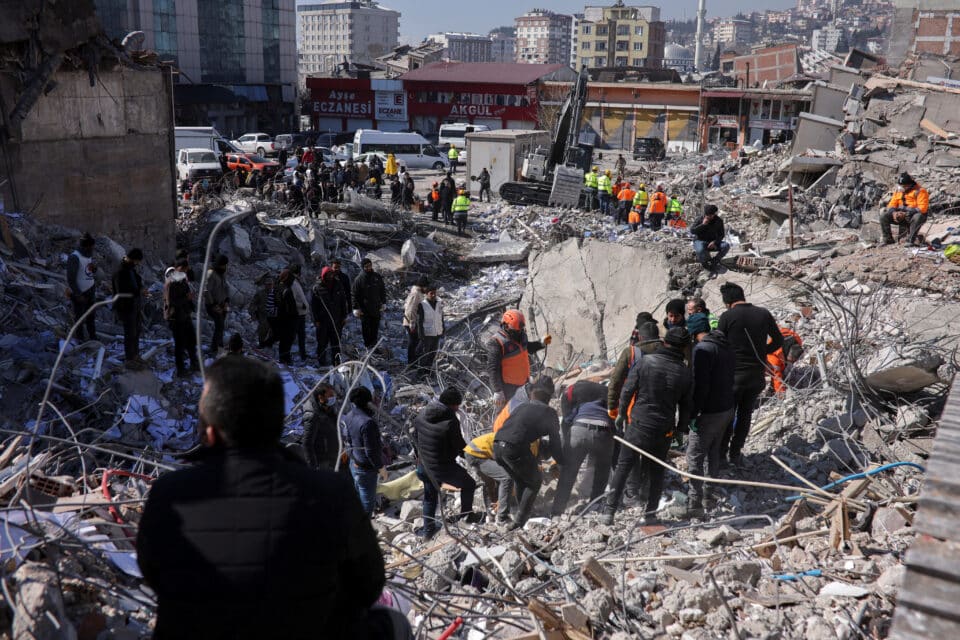

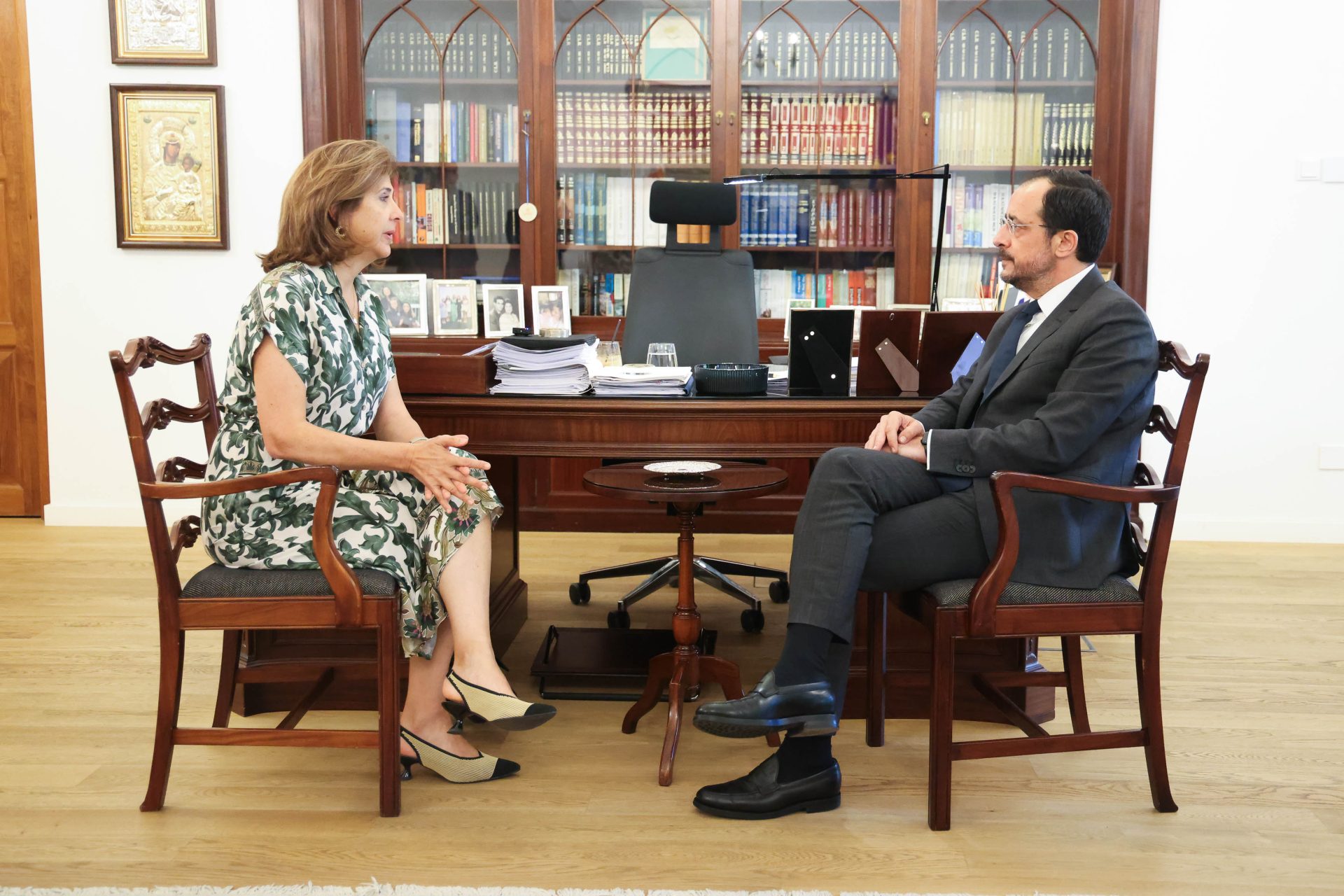
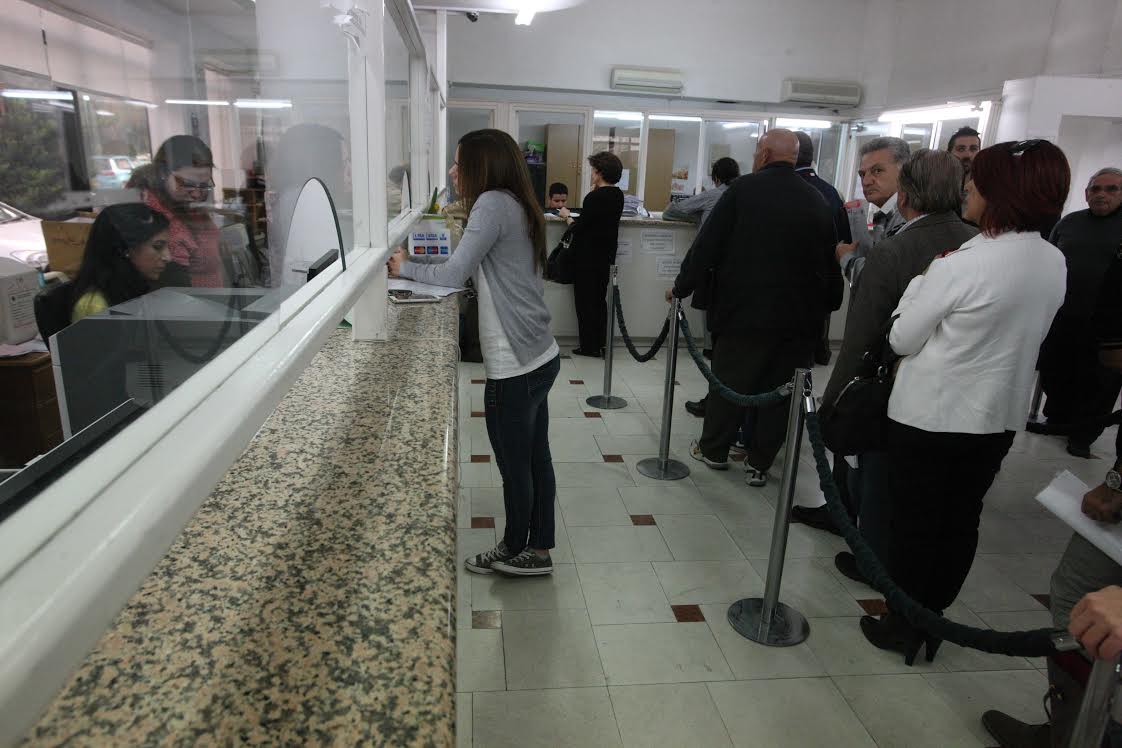
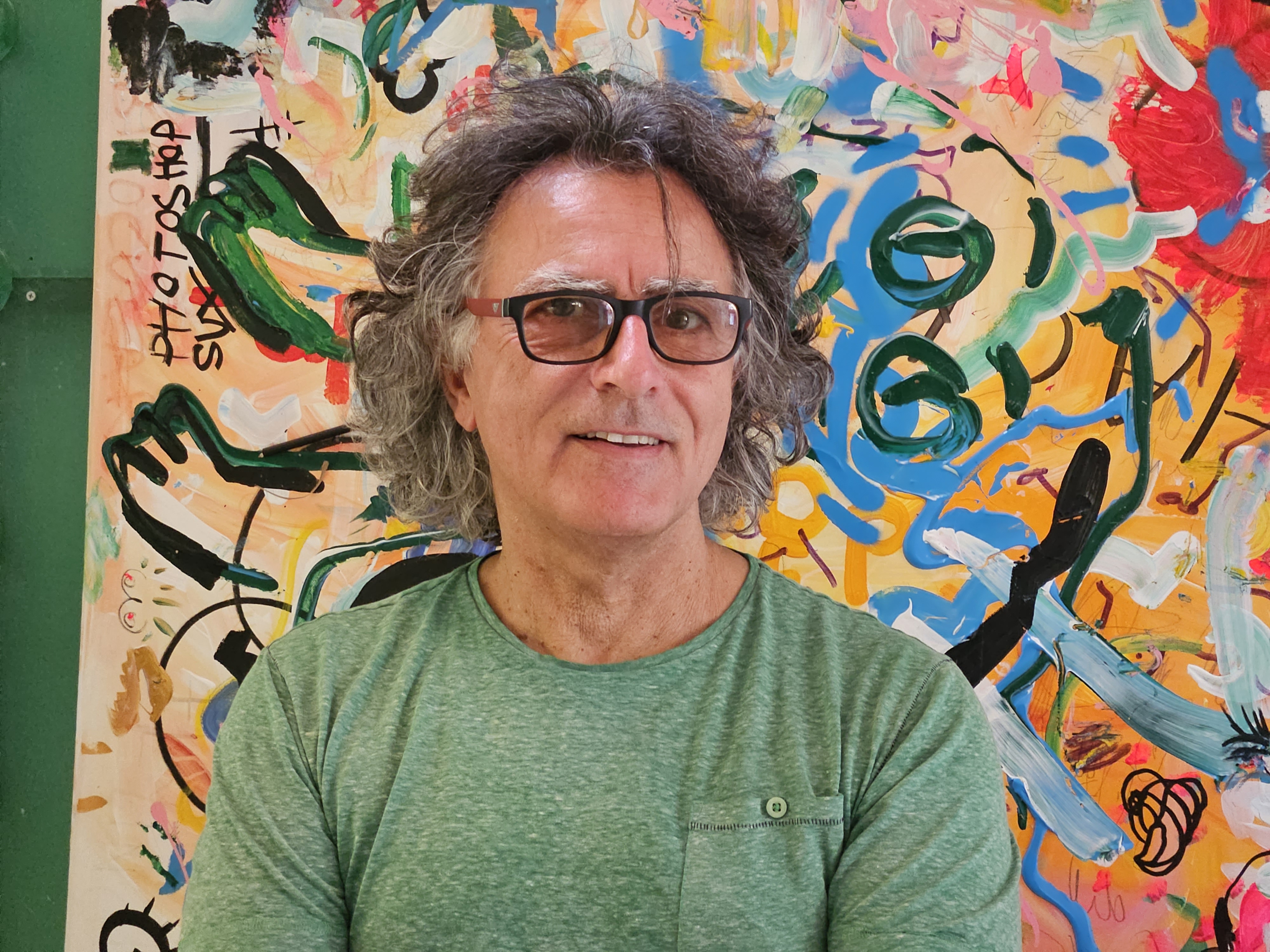
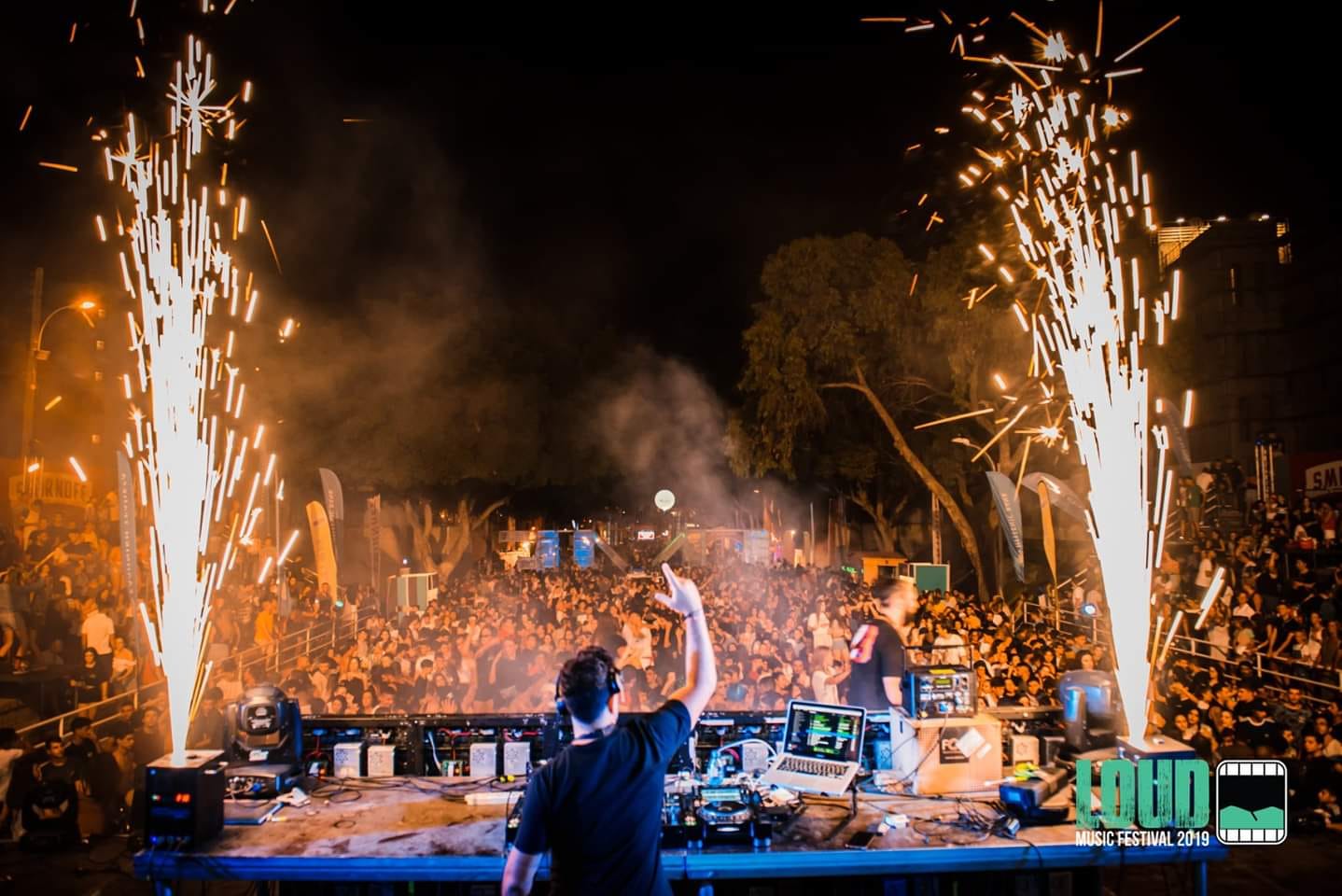
Click here to change your cookie preferences